
Amid debate about “fake news,” peer-review papers offer vital, objective insight.

Amid debate about “fake news,” peer-review papers offer vital, objective insight.

Industry experts weigh in on best practices, challenges, and mutual recognition of cleaning validation standards.
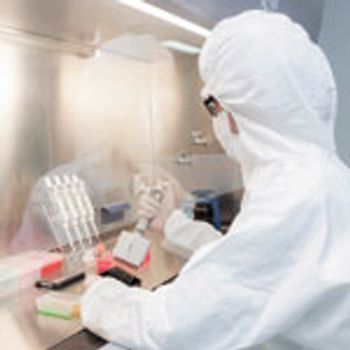
Managing and prioritizing risk is essential to ensuring raw material quality. USP is developing new guidelines to make the work easier.
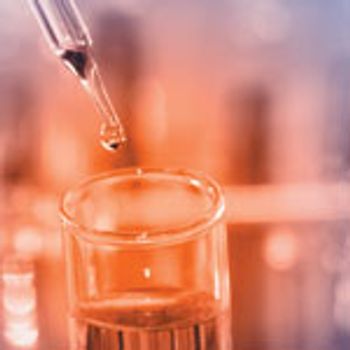
The author outlines an analytical strategy for establishing similarity in biosimilar development and approval.

Higher-flow peristaltic pumps from Watson-Marlow Fluid Technology Group are designed for upstream and downstream bioprocessing with single-use fluid path assemblies.

A Supreme Court decision and improvements in analytical processes may speed the biosimilar approval process.

A new probe developed by researchers at the University of Melbourne, Australia, would allow NMR to be used without the use of microwaves, and with smaller machines.

A new study predicts a potential disconnect between regulatory science and biotechnology product development, unless regulators scan the horizon for new developments and consider new potential risk pathways.
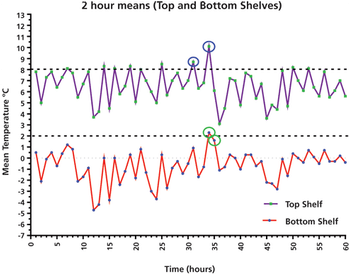
This column presents a data case study of a laboratory refrigerator and its qualification performance over five days, with important lessons for using average and individual results, as well as user requirements.

Method choice is crucial to when seeking answers to biosimilar characterization questions.

The authors summarize the current regulatory expectations regarding the number of PPQ batches required and provide potential approaches that can be used to determine and justify the number of PPQ batches.

While the measurement of the toxicity of leachables is not always a required parameter, the information collected during these studies could inform future bioprocessing runs.

Electronic systems can remove opportunities for individuals to make mistakes or to manipulate the data.

Optimize practices and meet requirements using electronic data integrity systems.
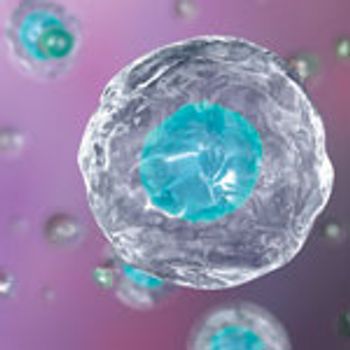
Short tandem repeat profiling is the most validated method to confirm cell line identity and avoid misidentified or cross-contaminated cell lines.

Sartorius Stedim Biotech combined the company’s ambr 15 bioreactor system with the Nova BioProfile FLEX2 cell culture analyzer for laboratory experiments.

Phenomenex opened a new manufacturing and development facility in CA for the company’s gas chromatography columns.

This article reviews systems and processes that enable a laboratory to approach troubleshooting in an effective way, while also taking a proactive, preventive approach to managing atypical laboratory scenarios.
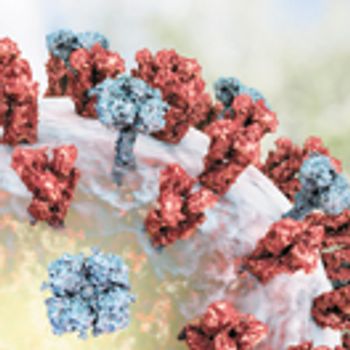
This article summarizes the approaches, challenges, and future perspectives for the characterization of N-glycans in biopharmaceutical products.
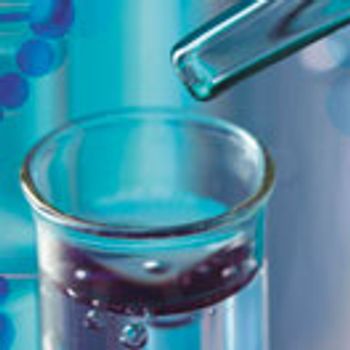
Increased understanding of potential impurities has spurred efforts to standardize monitoring procedures.

How statistical methods and novel indices can be used to monitor and benchmark variability, to guide continuous improvement programs.
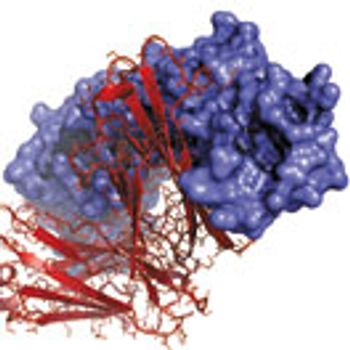
An increase in biologics raises awareness of particle generation and its role in negative patient outcomes.

Operated by BioOutsource, Sartorius’ subsidiary, the Glasgow, UK-based service center will offer physicochemical properties and structural attributes testing and allow clients to perform structural and functional analyses in parallel.
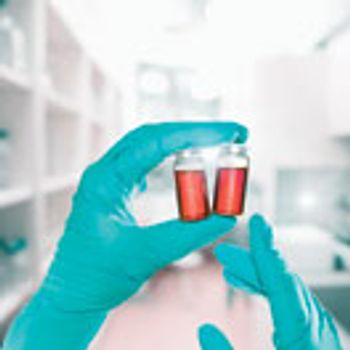
Can bioprocessing runs be consistently replicated in an inherently variable production environment?

This article provides an overview on important aspects related to bracketing strategies in Japan.